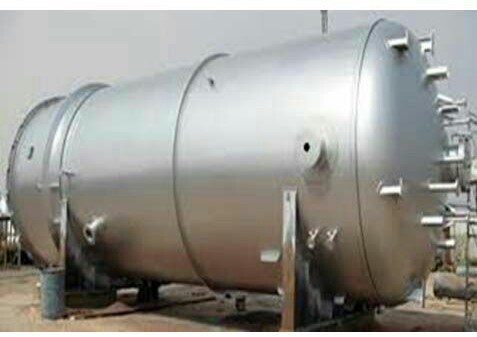A pressure vessel is a container designed to hold gases or liquids at a pressure substantially different from the ambient pressure. Pressure vessels can be dangerous, and fatal accidents have occurred in the history of their development and operation.
Design
Design involves parameters such as maximum safe operating pressure and temperature, safety factor, corrosion allowance and minimum design temperature (for brittle fracture). Construction is tested using nondestructive testing, such as ultrasonic testing, radiography, and pressure tests. Hydrostatic tests use water, but pneumatic tests use air or another gas. Hydrostatic testing is preferred, because it is a safer method, as much less energy is released if a fracture occurs during the test (water does not rapidly increase its volume when rapid depressurization occurs, unlike gases like air, which fail explosively).

Shape
Pressure vessels can theoretically be almost any shape, but shapes made of sections of spheres, cylinders, and cones are usually employed. A common design is a cylinder with end caps called heads. Head shapes are frequently either hemispherical or dished (torispherical). More complicated shapes have historically been much harder to analyze for safe operation and are usually far more difficult to construct.
